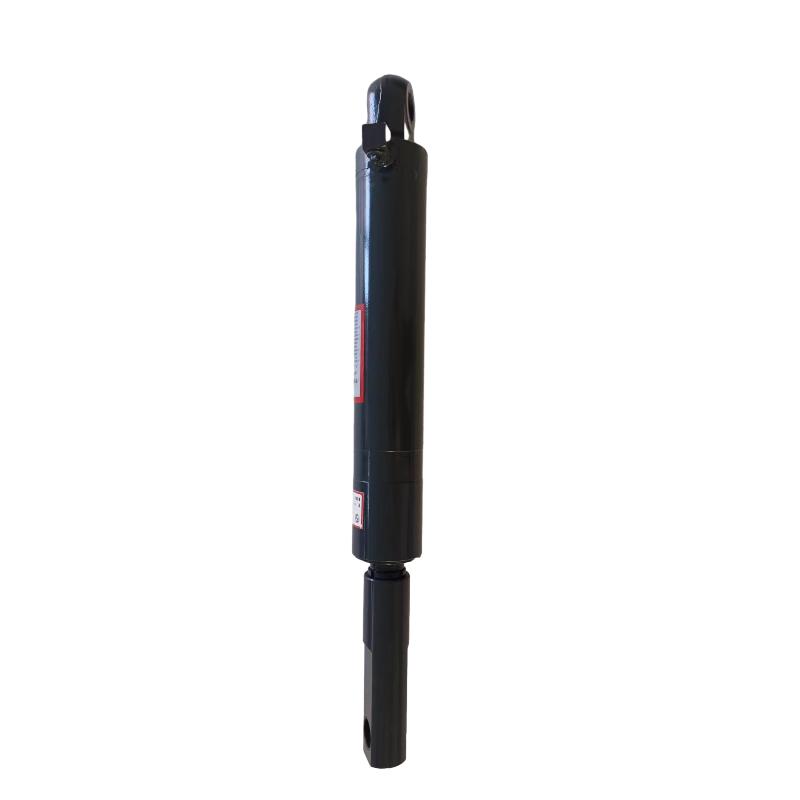Jul . 25, 2024 05:27 Back to list
Hydraulic Cylinder Production Facility Specializing in High-Quality Manufacturing and Custom Solutions for Industries
The Essential Role of Hydraulic Cylinder Manufacturing Factories
Hydraulic cylinders are vital components in various industries, ranging from construction and agriculture to manufacturing and aviation. These devices convert hydraulic energy into mechanical energy, providing the necessary force and motion for various applications, such as lifting, pushing, and pulling heavy loads. Hydraulic cylinder manufacturing factories play a crucial role in producing these essential components, ensuring they meet the stringent requirements of modern machinery and equipment.
At the heart of hydraulic cylinder manufacturing is precision engineering. The construction of a hydraulic cylinder typically involves a steel or aluminum cylinder casing, a piston, and a rod. The design must account for factors such as pressure ratings, stroke lengths, and overall dimensions. Factories utilize advanced computer-aided design (CAD) software to create detailed specifications, enabling them to produce cylinders that can withstand the high pressures and rigorous conditions imposed by their intended applications.
The manufacturing process begins with the selection of high-quality raw materials, as the durability and performance of the hydraulic cylinder largely depend on the materials used. Typically, high-strength steel or aluminum alloys are chosen for their ability to resist deformation and fatigue under operational stresses. Once the materials are selected, they are cut, machined, and treated to ensure they meet the required specifications.
Machining is a critical stage in the cylinder's production, involving processes such as turning, milling, and grinding. This intricate work is performed using advanced CNC (Computer Numerical Control) machines, which allow for high levels of precision and repeatability. The accuracy achieved during this stage is essential, as even minor deviations can result in inefficiencies or failures in hydraulic systems.
hydraulic cylinder manufacturing factory

After machining, components undergo rigorous testing. Quality control is paramount in hydraulic cylinder manufacturing, as these components are often used in safety-critical applications. Factories employ various testing methods, including hydraulic pressure tests, leak tests, and dimensional inspections, to ensure that each cylinder meets or exceeds industry standards. These tests not only validate the performance of the components but also help identify any defects before they reach the market.
In an era where sustainability is increasingly important, many hydraulic cylinder manufacturing factories are adopting environmentally friendly practices. This includes using sustainable materials, recycling waste products, and minimizing energy consumption during the manufacturing process. By prioritizing eco-friendly practices, these factories contribute to the protection of the environment while also enhancing their operational efficiency.
As hydraulic technology continues to evolve, so too does the manufacturing process. Innovations such as additive manufacturing, or 3D printing, are making their way into the production of hydraulic cylinders. This technology allows for rapid prototyping and manufacturing of complex designs that were previously difficult or expensive to produce. As a result, factories can respond more quickly to market demands while reducing material waste.
Moreover, the demand for customized hydraulic cylinders is on the rise, driven by the need for tailored solutions in specialized applications. Factories that offer customization services can leverage their expertise to design and manufacture cylinders that cater to unique customer requirements, further enhancing their competitive edge in the market.
In conclusion, hydraulic cylinder manufacturing factories are essential to modern industry, providing the precision-engineered components necessary for efficient and reliable hydraulic systems. Through advanced manufacturing techniques, rigorous quality control, and a commitment to sustainability, these factories ensure that hydraulic cylinders not only meet but exceed the expectations of their users. As technology continues to advance, these manufacturing facilities will play a pivotal role in shaping the future of hydraulic applications across various sectors.
-
Fork Lift Power Units - Hebei Shenghan | Efficiency, Reliability
NewsJul.13,2025
-
1.5-Ton Turbocharged Cylinder-Hebei Shenghan|Hydraulic Solution,Energy Efficiency
NewsJul.13,2025
-
Auto Hoist Power Units-Hebei Shenghan|Efficiency&Industrial Lifting
NewsJul.13,2025
-
Double Acting Power Units-Hebei Shenghan|Hydraulic Solutions,Industrial Efficiency
NewsJul.13,2025
-
1.5 Ton Lifting Cylinder 70/82-40-290-535 - High-Performance Hydraulic Solution | Hebei Shenghan
NewsJul.13,2025
-
Fork Lift Power Units - Hebei Shenghan | Efficiency&Reliability
NewsJul.13,2025
